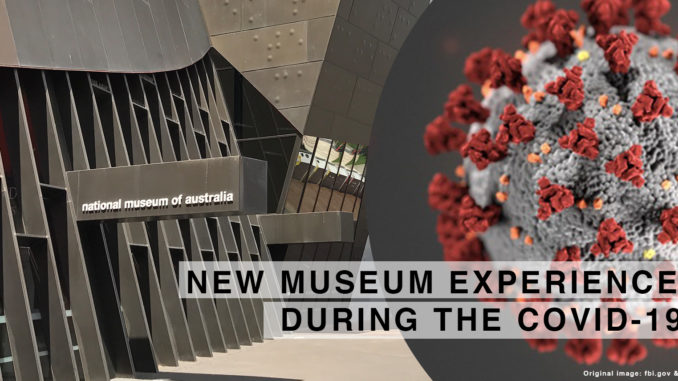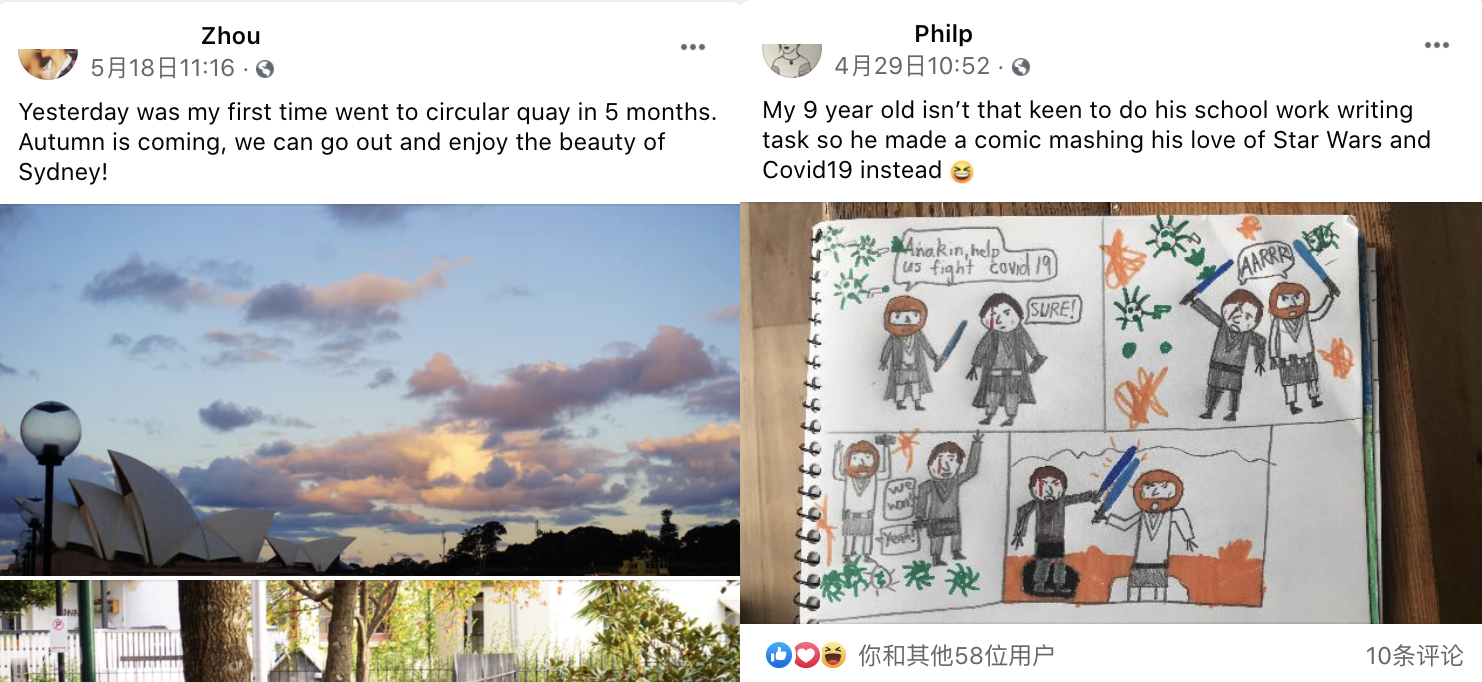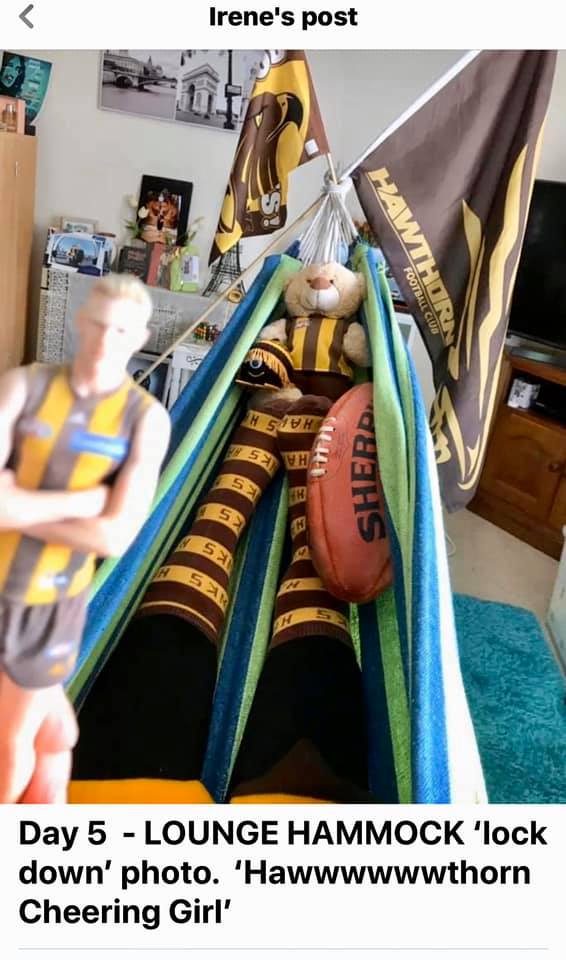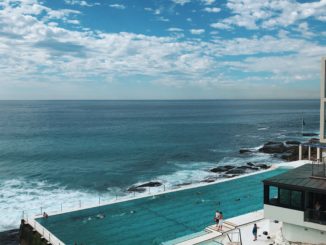
At April 1st, the National Museum of Australia (NMA) opened a Facebook group as “Bridging the distance — Sharing our COVID-19 Pandemic Experiences”. It invites Australians to share their life experiences under the COVID-19. The stories shared in the group will be recorded as the new exhibition of the museum.
2020 is a challenging year for Australian. It would be a significant time in the history of Australia. Since March 12th, over 25 million population locked in the home because of the COVID-19. Stores closed, cities blockade, and it is a challenge to the museum industry. Museums are supposed to find a way to engage with the public and record people’s daily life under the COVID-19.
At the beginning of April, The National Museum of Australia (NMA) in Canberra organizes an event that invites Australians to join the Facebook group “Bridging the distance – sharing our COVID-19 pandemic experiences” to record this historical time. The public can share their experiences, stories, reflections and images from the pandemic.
Moreover, after the pandemic passed, these stories will be collected to the new exhibition of the national museum. It will also be valuable historical resources for the future. In the recent two months of a difficult time, this Facebook group gathered over 2,600 members, and it continues inviting people to contribute their precious experiences.
Digital Way To Record The History
Libby Stewart, who is a Senior Curator from the national museum of Australia, said that “the national museum is a social history museum, it tells stories people to live and things happen to them.” The national museum has a social responsibility to record the history of Australia. But how could a museum collect the historical moment while the cities are locked down?
The answer is that with the help of social media platforms. The national museum of Australia uses the Facebook group as their platform to communicate with their audiences in distance. “In the closing days, many museums are turning to the digital programs, and the Facebook is the best place to the museum to stay in touch with the visitors,” Libby explained, “Facebook is the best platform for distance collecting. It is multimedia where all materials can be connected with no limitations. And we knew that people would be interested in telling their story about living through the pandemic.”
Video: The National Museum talks about the project of Bridging the Distance, and the digital way to use to connect with the public./Interviewed by Esther
In the Bridging the Distance group, a lot of users posted their photography and videos about this blockaded country, some people shared the news posts to learn the latest situation. And some users even updated their diaries in the group or to show how their kids look at this unusual moment. The public use this credible group to share their life with others and the national museum gets the resources about the pandemic experiences they need.

Libby emphasized the two purposes of this page: one is to allow people to express their thoughts about what they are going through now; the other one is to record for the future when people tell the story of how people responded to the pandemic. And now, this group is working well on realizing these purposes.
Share The Unique Creative Life To Others

When I look through the group posts, unique hammock photography attracted my attention. It was Irene’s post. Her creative posts accounted for the close date and with the photos on her hammock.
Irene lives alone in Australia currently. She likes to camp and lies in a hammock. Though she is not a follower of the national museum of Australia, when she saw this project on Facebook, she felt that it would be an interesting place for her to share her experiences.
When I asked Irene why she is willing to post her personal life on this public group, she told me that she thought others would be interested in her unusual COVID-19 coping ways, and it also offers an opportunity to her to connect with others.
As she expected, people interested in her posts and commented on her. The Facebook group of the national museum of Australia provides a place for people who live alone as Irene to connect with others and share their lockdown life. And their sharing offer the Australians a creative and enjoyable way to live through a difficult time.
How To Use Social Media To Engage With The Public Still The Concerns For Museum
Bridging the Distance is not the first digital project for the national museum to invite the public to contribute their experience to the museum. When the bushfire happened in Australia last year, the museum also created a Facebook page named “Fridge Door Fire Stories” for the public to share their opinions. Besides, the national museum also relies on social media platforms to ask the public to memories the history, such as the YouTube program Defining Moments. The series of videos interestingly tells the story of Australia, which are very popular with teachers and school students.
Video: Defining Moments: Old Parliament House and the Landmarks gallery / YouTube
Libby mentioned that “social media is very important for the museum for many years, and really start to grow. Because it is a way for the museum to reach up to the audiences beyond the museum.” Nowadays, people use social media every day, with the help of the digital platform, museums can connect people, and get feedback from the audiences effectively. The concern on how to use social media to meet people’s interest and let the public participate in the activity is an essential point for museums.
The national museum of Australia expressed that this Facebook group will remain open, and it welcomes everyone to share their pandemic life in the group. If you have the idea to show your creative and unique life, you can post on the Facebook group “Bridging the Distance” or email to the curator from the national museum. It would never be late to engage with the museum and record your precious moment.




Be the first to comment